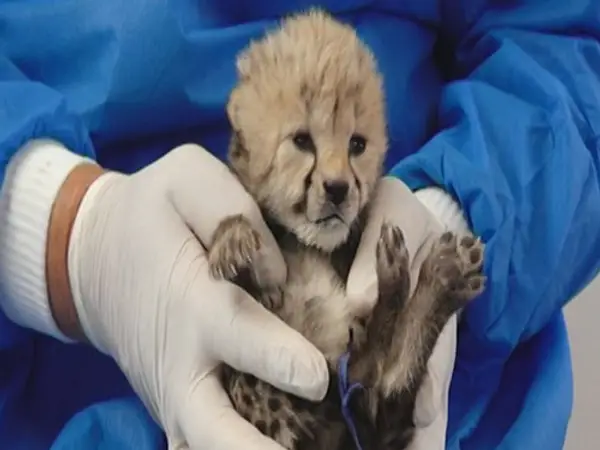Following the death of the second of three Asiatic cheetah cubs born in captivity in Iran and widespread criticism, the Department of Environment says no one was at fault in the process.
Ali Salajegheh representing the department said on Sunday that a fact-finding taskforce will assess and announce any shortcomings and negligence in dealing with the reproduction process.
Shifting the blame to the country’s lack of experts or veterinarians with experience in breeding carnivores in captivity, he said on Friday an Indonesian veterinarian will arrive in Iran to help keep the third cub alive.
"The cause of death of the cubs is being investigated and the result will be announced after the post mortem," said deputy environment minister Hassan Akbari on Wednesday after the death of the second cub, which was a blow to conservation efforts for the critically endangered subspecies.
Akbari said initial speculations of veterinarians suggest that poor quality milk has caused the death of the second cub.
The second offspring of the Asiatic cheetah, called Iran, happened just two weeks after the first cub from the litter died, purportedly due to “congenital malformation of the left lung”.
Iran’s cubs were born in the Touran Wildlife Refuge by caesarean section on May 1, in what the department said was the first birth of an Asiatic cheetah in captivity.
Iran is the last country in the world where the critically endangered Asiatic cheetah can be found in the wild, and authorities launched a United Nations-supported protection program in 2001. In January, Akbari said only a dozen individuals were left in the wild -- down from an estimated 100 in 2010.

